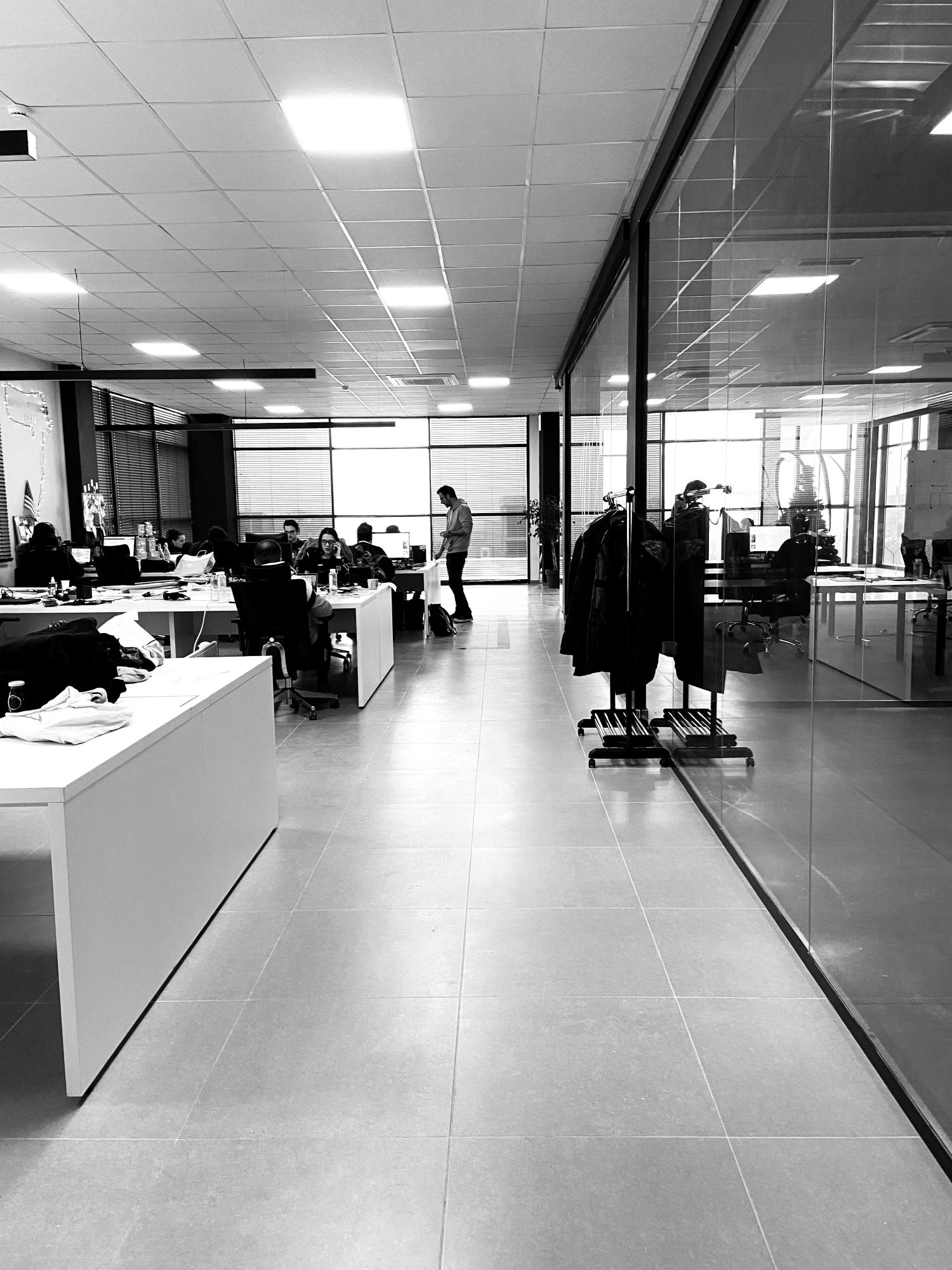We’ve included some use cases based on fictional organisations to demonstrate each of the pou in practice. Read more of the background on our Organisation Examples page.
Large business – Fern Leaf
Fern Leaf has a well-established IT team. The privacy team recognises the IT team’s expertise in this area and so have jointly worked on implementing physical, technical, and organisational controls. As part of its work, the IT team sends out phishing exercises to ensure employees remain aware of these types of attacks.
Prior to using software, the IT team ensure that they carry out due diligence on third parties including checking what security credentials they hold.
Senior leadership have zero tolerance for employee browsing and trust that their employees will not go snooping, as their customers don’t want to be ringing up and not receive help due to access being too restrictive. They send out regular communications on this and have noticed a reduction in employee browsing cases. They actively carry out random checks to ensure those who are accessing customer profiles have a legitimate business purpose. Their zero-tolerance approach is reflected in their code of conduct and forms part of staff inductions. There have been repercussions for staff who have been found to be inappropriately accessing customer profiles.
Small business (charity) – Reach High
Reach High does not have an internal IT security resource, and so it relies strongly on service providers to deliver its security capability. It addresses this in the following ways, noting that it has already identified that it has a high privacy risk profile:
| |
Reach High engages an IT security consultancy to conduct an annual security gap assessment and provide an action plan to address any security risks.
|
| |
As part of the security assessment, the IT security consultancy provides Reach High with an internal IT Security Policy and associated procedures.
|
| |
Reach High uses only cloud-based systems to store and process its data, including personal information. It selects these systems based on their security credentials, looking to systems that are ISO-270001 certified.
|
| |
Reach High also uses a separate managed IT services provider to run periodic tests on its systems and settings, and to generally manage day-to-day IT issues and risks.
|
| |
Reach High has robust third-party contracting processes including notification requirements in the case of a data breach.
|
| |
Finally, Reach High obtains access to an online security training service, which provides its employees with access to regular short security training modules.
|
Start-up – Swiftstart NZ
Security of customer information is crucial to Swiftstart NZ’s success as a company. While it doesn’t have a dedicated security or IT function, as a tech-savvy digital organisation, all staff have some responsibility for managing security risk. Staff have received training on this and are covered by contracts which clearly set out their responsibilities. In particular, there is a clear expectation on staff around when and how they are permitted to access client customer information, and they know that any inappropriate access will be considered serious misconduct and is grounds for dismissal.
Swiftstart NZ has designed its platform to meet best practice from the outset; it uses encryption to protect the data in transit and at rest, firewalls to prevent unauthorized network access, access controls to limit who can view or modify the data, backups to restore the data in case of disaster, audits to check the compliance and effectiveness of the security measures, and monitoring to detect and respond to any security incidents.
Return to top




